Osprey Bass (BC Rich Eagle) (1/10)




This beautiful instrument was built from a teak cutting board that I got for free from Home Depot for review. 32" Eden neck, active electronics. Teak is hard enough for a simple oiled finish. This one was built with a minimum of tools, mostly by hand, to show that it can be done and how.
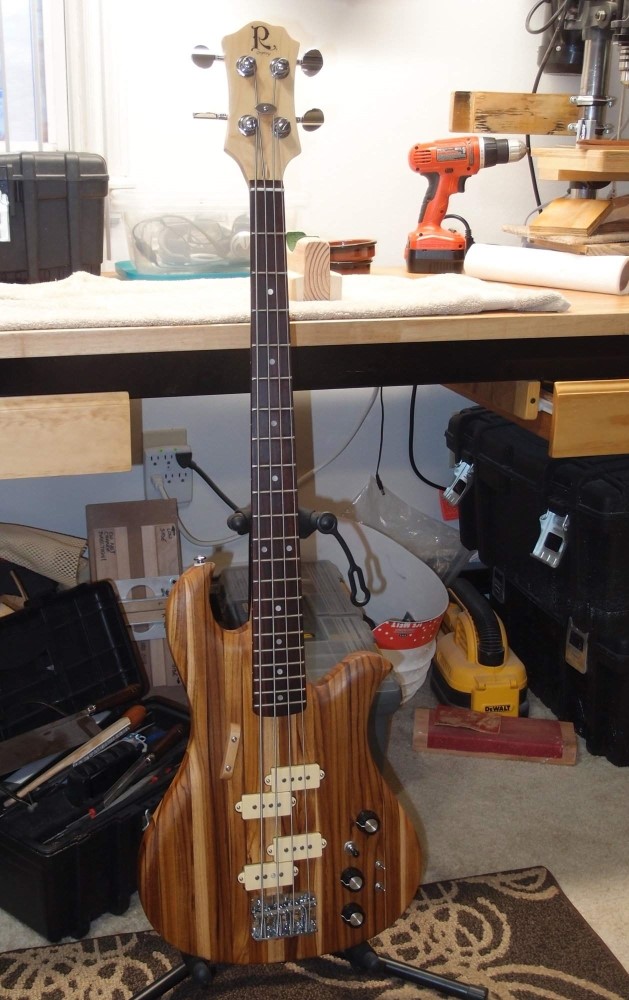
B.C. Rich
from Wikipedia:
B.C. Rich is an American brand of acoustic and electric guitars and bass guitars founded by Bernardo Chavez Rico in 1969. The company started to make electric guitars in the 1970s that were notable for their atypical body shapes. In the following decade B.C. Rich gained a broader exposure with the popularity of heavy metal and has since often been linked to that music scene.
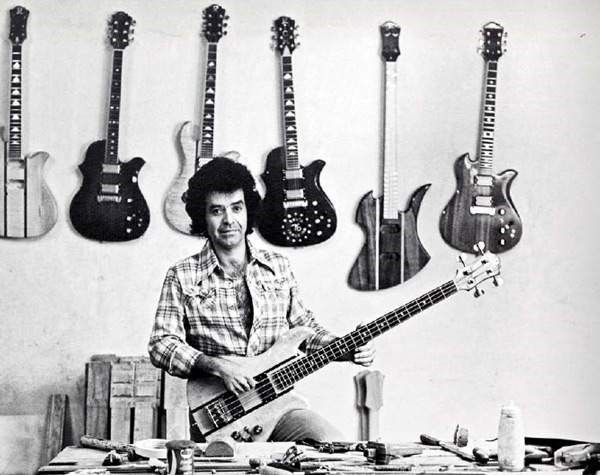
Bernardo Chavez Rico ( born October 13, 1941 – December 3, 1999 heart attack ) was an American luthier specializing in guitars. Known as Bernie Rico Sr. or simply B.C., Rico was born in East Los Angeles, California. Working with his father, Rico began his career building Flamenco, Classical guitars, banjos, and ukuleles in the 1950s. Rico's original instruments were acoustic guitars made under the name B.C. Rico. These acoustic guitars are very rare, with about 300 surviving.
In 1967 the company name was changed to its present form, B.C. Rich. Also a motorcycle enthusiast, Rico's work on his motorcycle paint jobs inspired him to create unusual finishes for his guitars. Rico and his company went on to create several models of guitars and the company prospered.
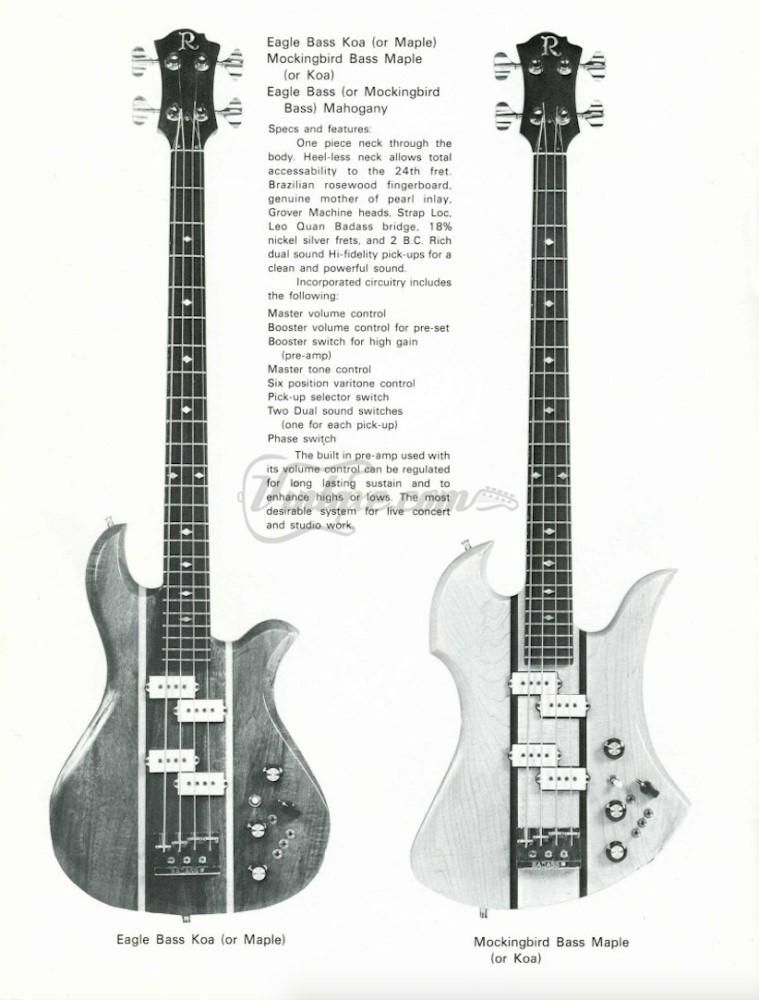
I've never had a chance to play with one of these, but from the description, the controls seem kind of wacky. Mine will have master volume - pickup selector - bass - treble, with two little switches for pickup options. The "Dual Sound" pickup switches on the real thing must be internal series/parallel. I'll use one 4pdt switch for both pickups together. A phase switch on a bass is silly - that must be a holdover from the guitar wiring. Instead, I will install another series/parallel switch between the pickups. I don't see the point of having a master volume and a separate preamp volume; in place of the Varitone I will have bass and treble controls, and the pre-amp power switch will be hidden on the master volume. So I will have fewer controls that do more - that's what you get from 40 years of progress. And I will still have a couple of little silver switches for that '80s overdo everything vibe.
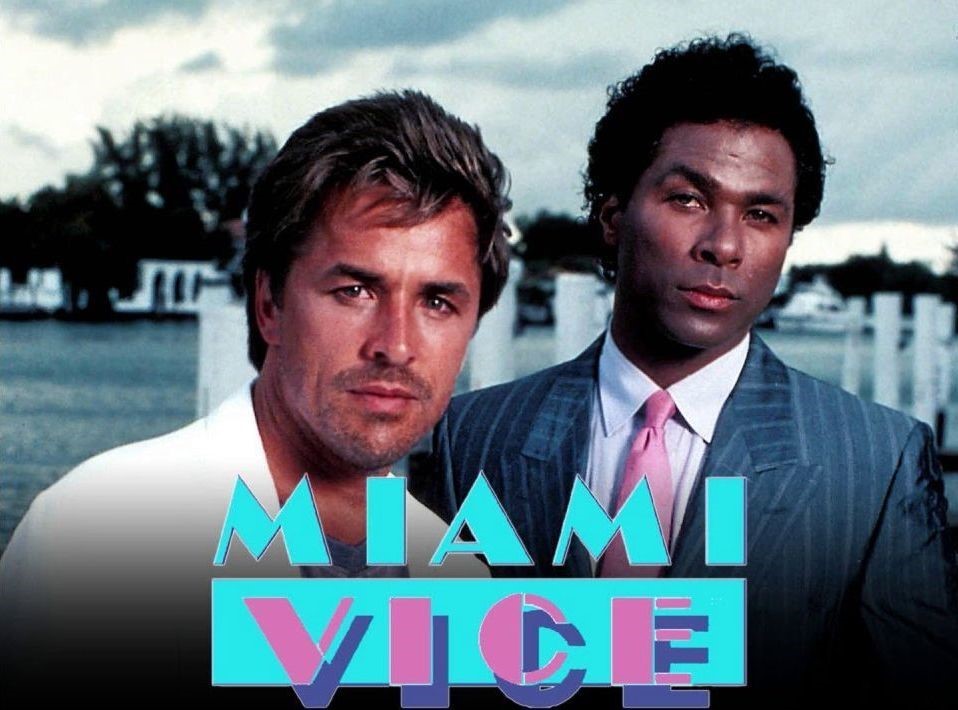

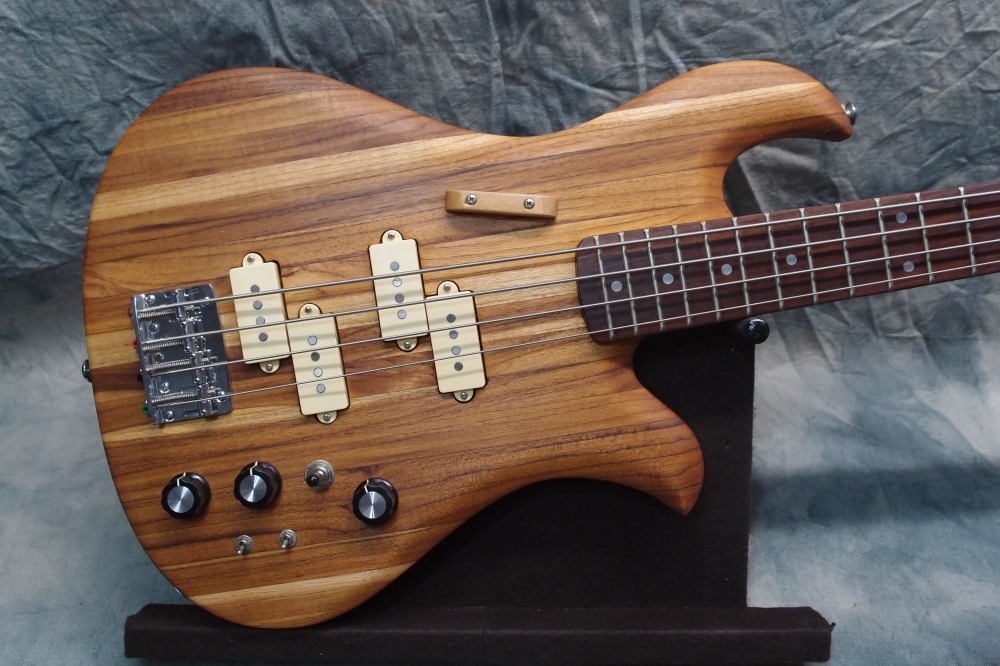
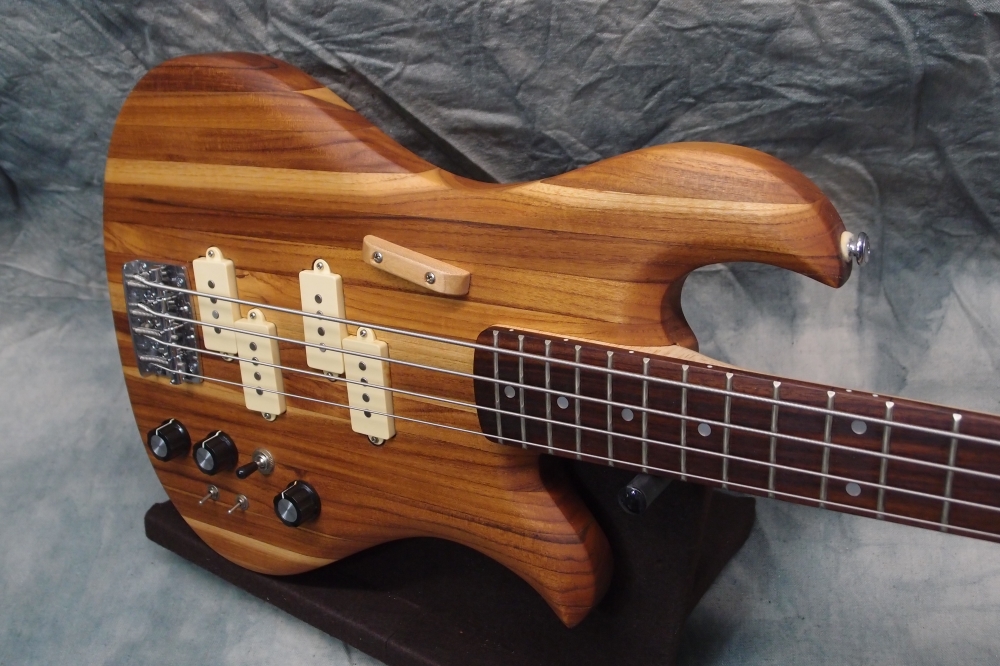
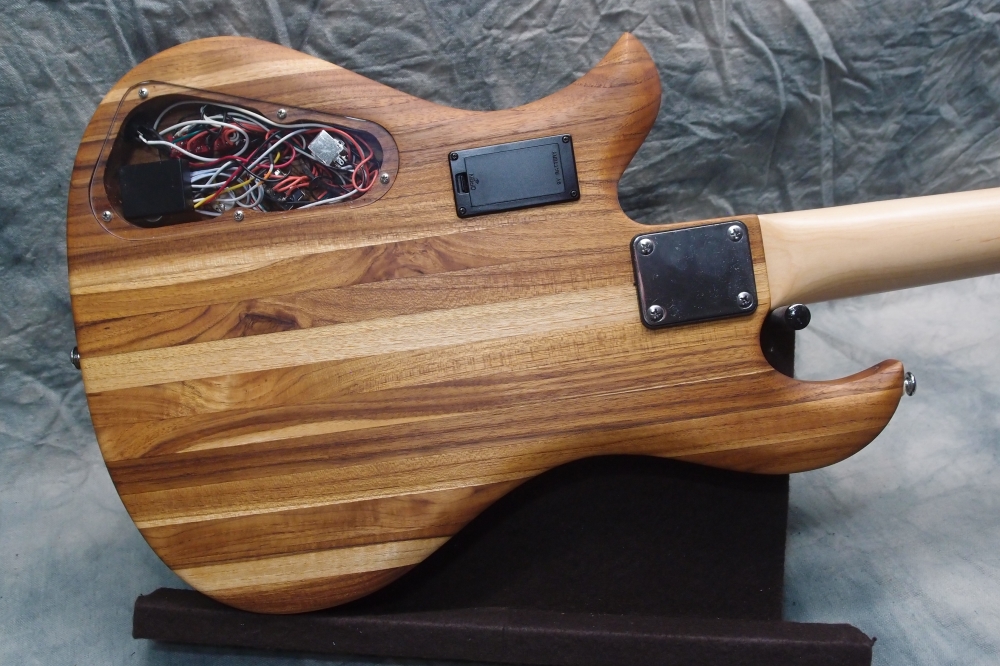
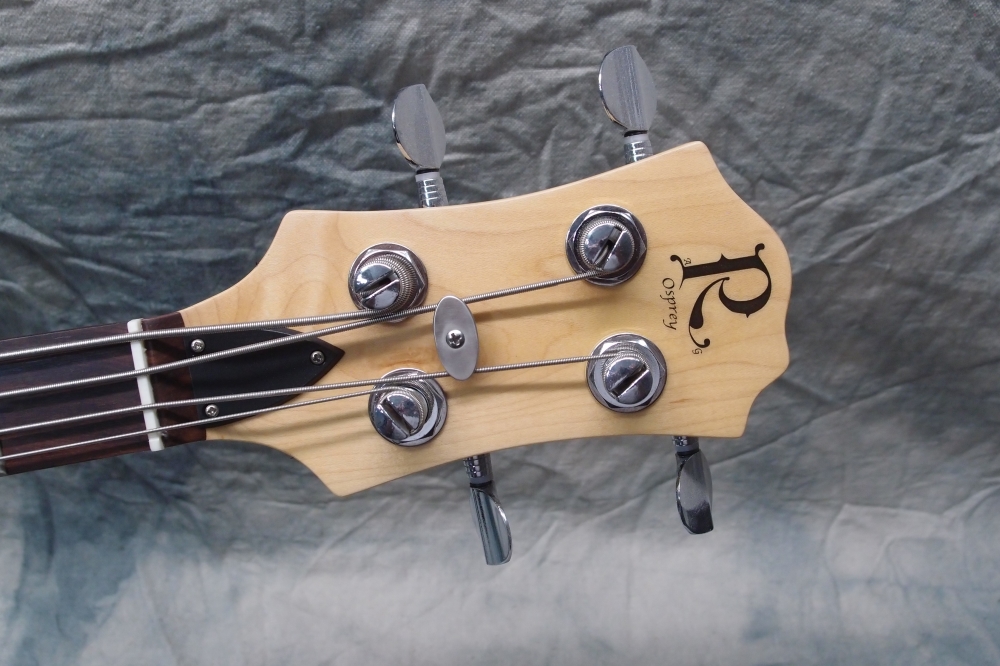




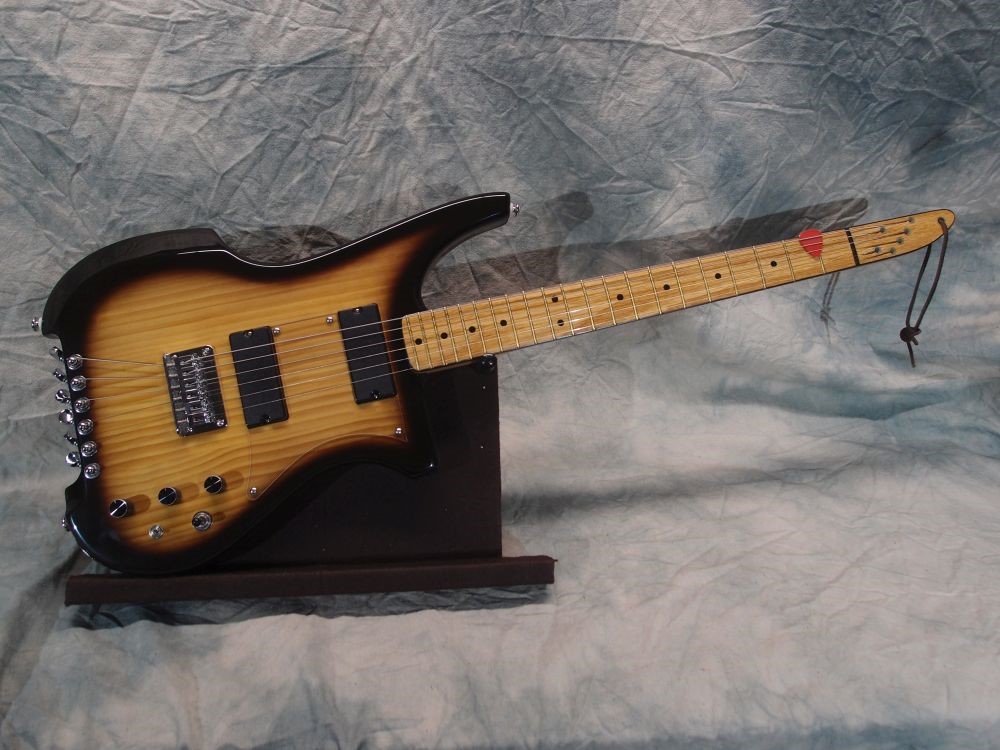



Questions or Inquiries?
Just want to say Hello? Sign the .